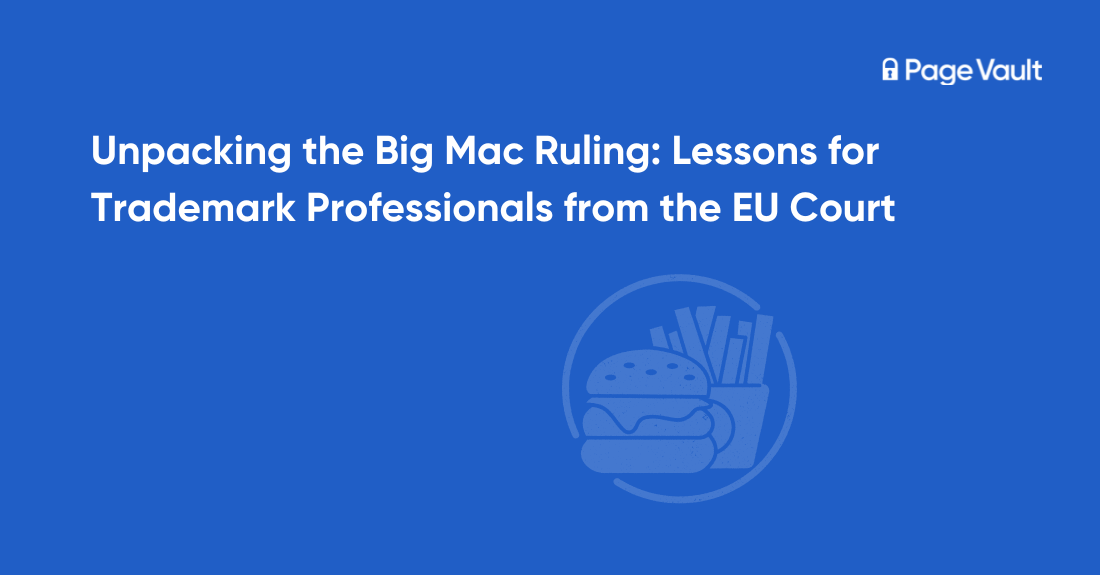From LinkedIn to Job Boards: Professional Networking as Digital Evidence
Last Updated June 2024
Professional networking has evolved far beyond in-person meetings and paper resumes. Platforms like LinkedIn, job boards, and professional social networks have become essential tools for career advancement and business growth. But beyond their primary purpose, these digital platforms have emerged as crucial sources of digital evidence in various legal and investigative contexts. Here's how professional networking sites are being used as digital evidence and why this trend is significant.


.png)



.png)
.png)